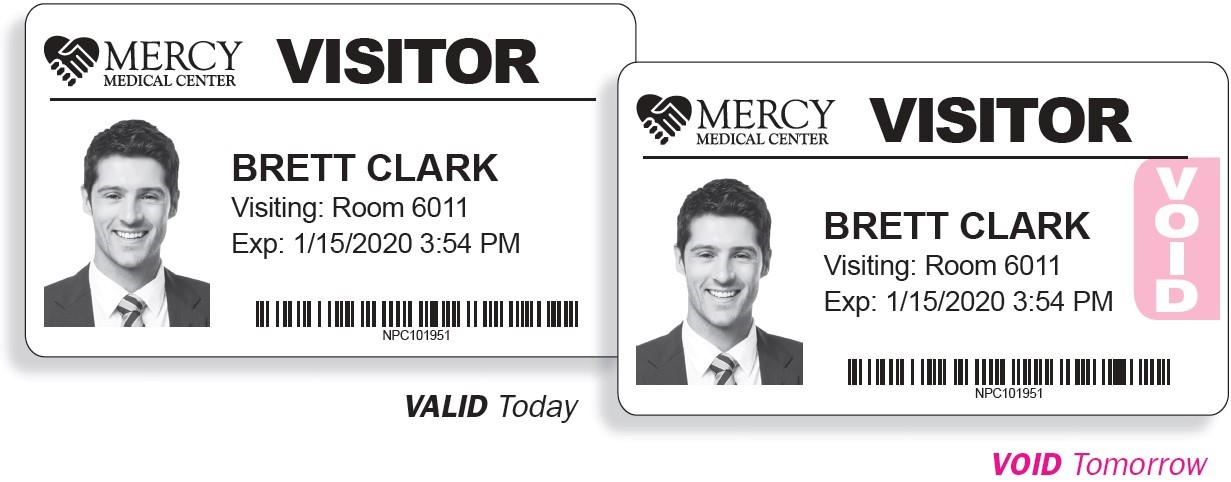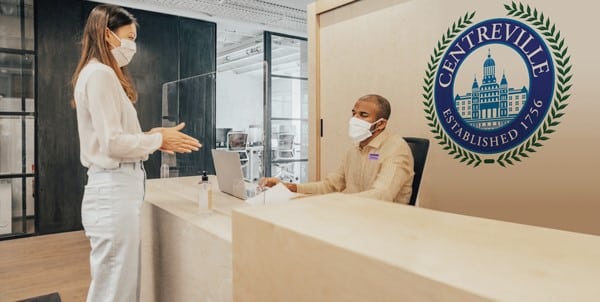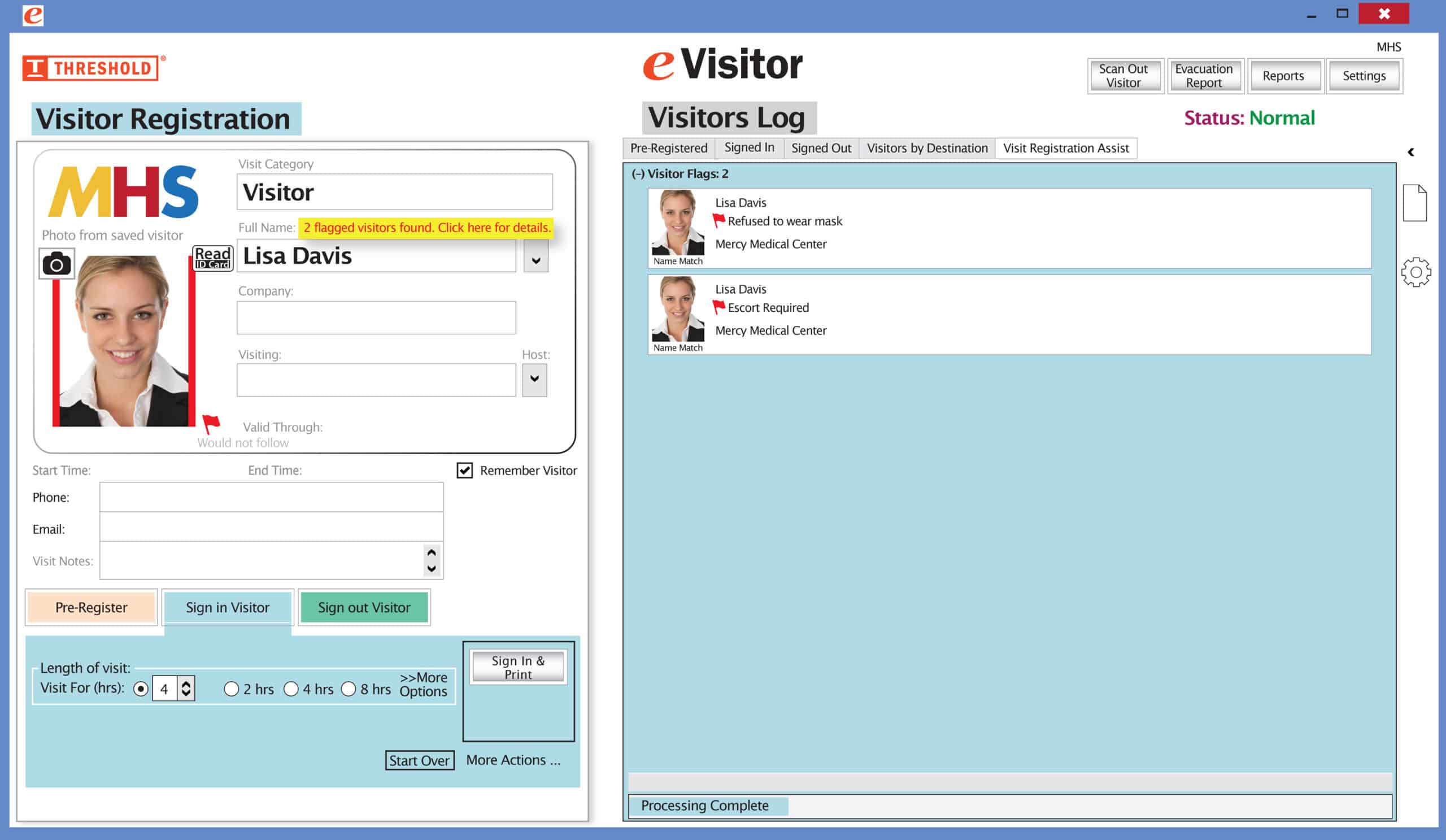Electronic visitor management systems are used to sign in and track visitors who come to visit a facility. These types of systems are popular with schools, healthcare facilities, and businesses of all kinds. Electronic visitor management systems are an electronic version of the visitor sign-in sheet or visitor log book used in buildings for years. While more expensive than a traditional log book, the electronic visitor management system offers a more efficient and foolproof sign-in process. It is the most secure way to sign in visitors.
Today’s most effective visitor management systems not only consider building security, system convenience, user experience, and reporting, but also offer reliable features for helping stop the spread of COVID-19.
What are the purposes of visitor management systems?
These systems have various purposes, with some having increased importance since the onset of COVID-19:
- Documenting the arrival, presence, and departure of all non-employees
- Storing visitor information
- Scheduling visitors
- Screening visitors
- Increasing workplace health and safety
- Assigning escorts for visitors
- Permitting/preventing access to specified areas
- Shortening lines in the lobby
Key features to look for
Contact Tracing: Today’s systems must support and enhance contact tracing. Traceability means having a clear picture of where and when guests interact with facilities and employees. If there is a positive case of COVID-19—whether from a visitor or an employee—facility managers can go through the data to find possible exposure points. This is must-have functionality for facilities opening their doors to a revolving population of visitors.
Badge Printing: Badges should include the date, arrival time, and names of the person and the host, so the staff knows whether and when a person unknown to them is allowed in the building. For additional security, time-expiring visitor badges should be used to prevent badge reuse. These badges change color overnight, showing a pink “VOID” that gives a great visual alert that a visitor’s presence should be questioned.

Touchless: With COVID-19 not going away anytime soon, touchless visitor management is a good idea. Limit contact between the attendant and the visitor, helping to reduce the spread of germs. Scan the ID and take a photo of the visitor. The front desk personnel types in the visitor’s destination and prints a badge. The visitor picks up their own badge to wear during their visit. Some systems also use apps or scannable QR codes so visitors can check in using their own smartphone rather than touch a publicly accessible screen.
Preregistration: Visitor management systems should allow staff to preregister expected guests for specific dates and times. Companies can require visitors to preregister and submit a photograph. The facility may also require the visitor to agree to company policies such as Hold Harmless Agreements, which require the visitor to sign a waiver of liability, and Confidentiality or Non-Disclosure Agreements. The visitor’s consenting signature is captured by the system. With the preregistration feature, repeat visitors can also enjoy a streamlined check-in process.
Ease of Use: Many systems allow guests to electronically sign themselves in on a device at reception. The setup should be easy to access and use, with a clean and intuitive user interface.
With a good visitor management process and some careful contingency planning, facilities can create solid COVID-19 safety measures that will help protect the health of employees and visitors. The best attributes will be touchless systems, traceability, and having a controlled experience when the visitor enters your building. The health of employees and visitors depends on a facility’s ability to mitigate COVID-19 spread through a well-designed visitor protocol. It’s an important consideration as facilities reopen their facilities to the broader public.
How else can visitor management systems help to contain the spread of COVID-19 as some facilities begin to reopen their buildings to visitors again? Please join the conversation by adding your thoughts in the “Comments” section below.


